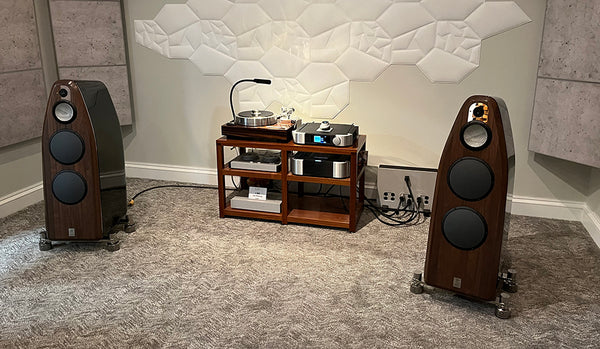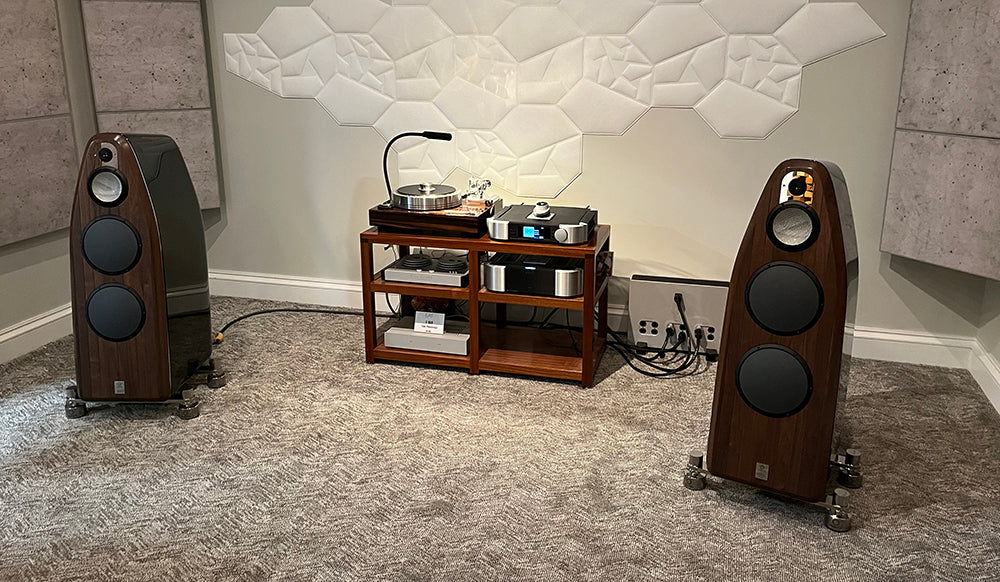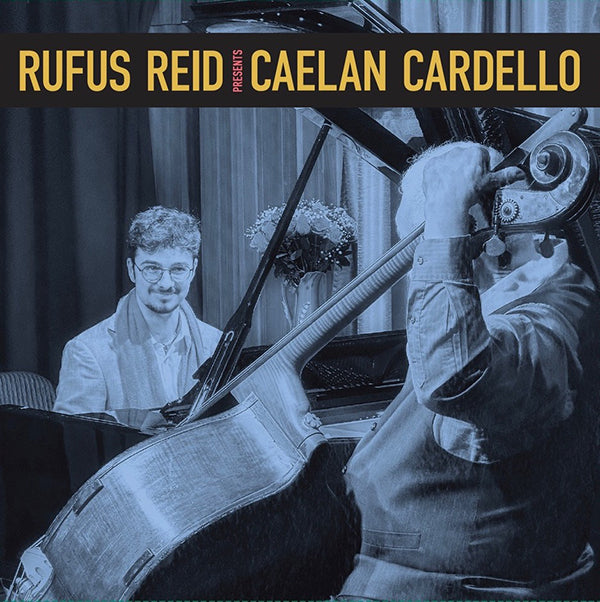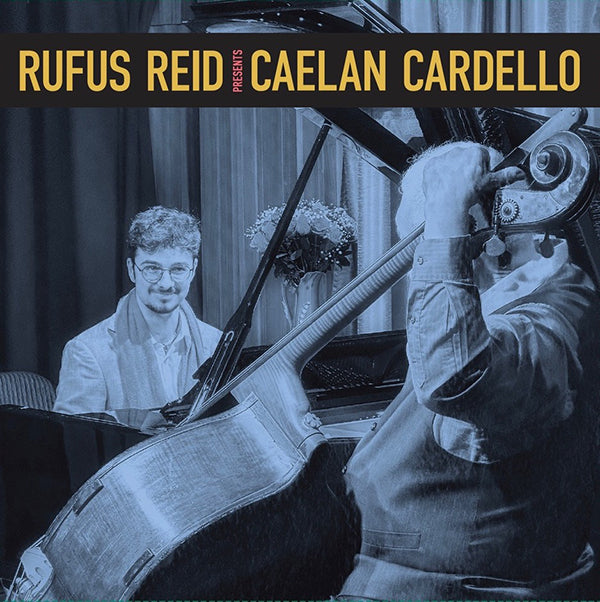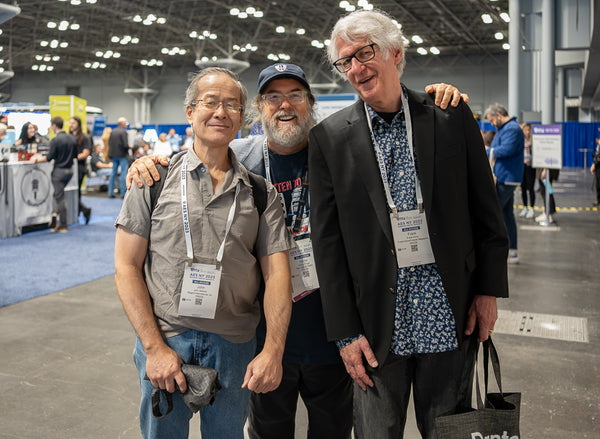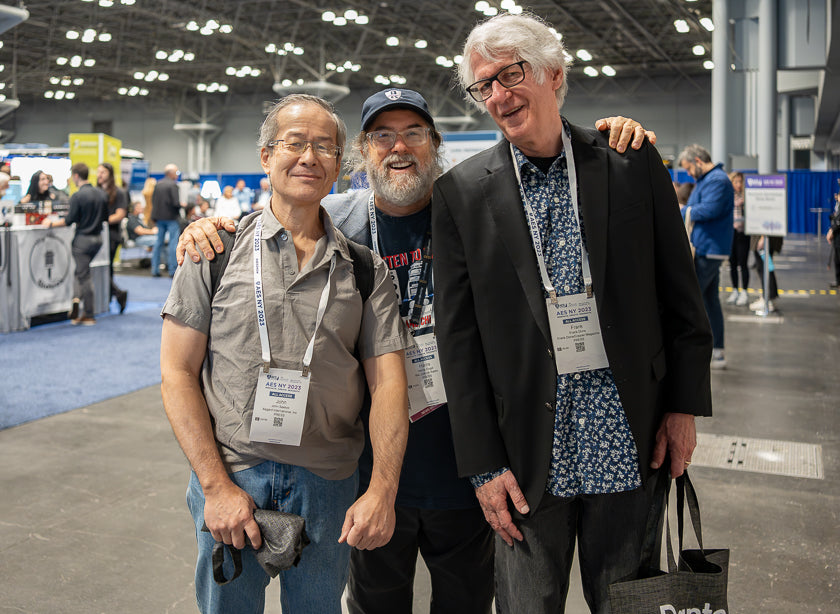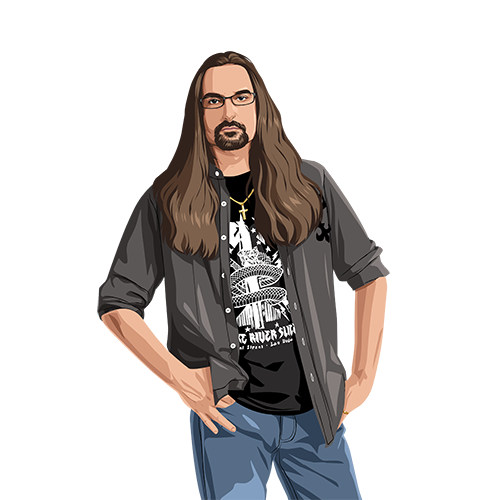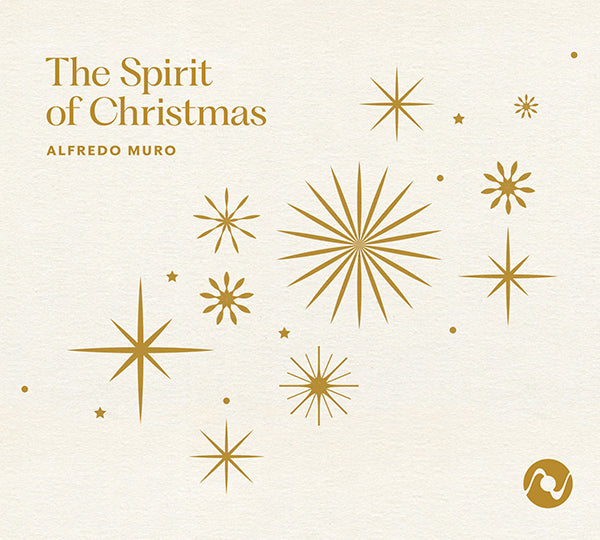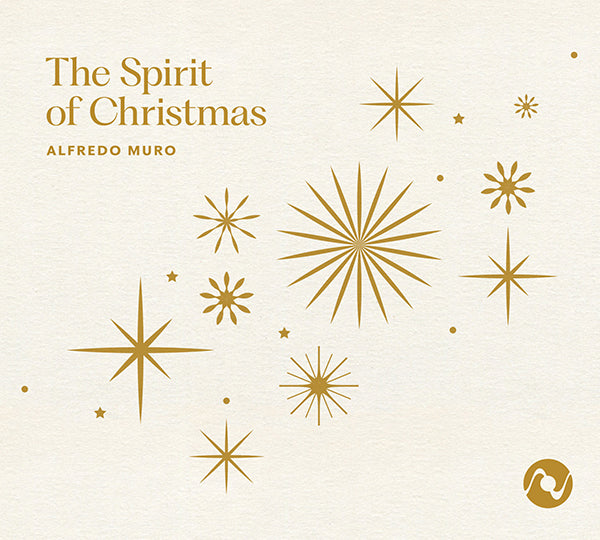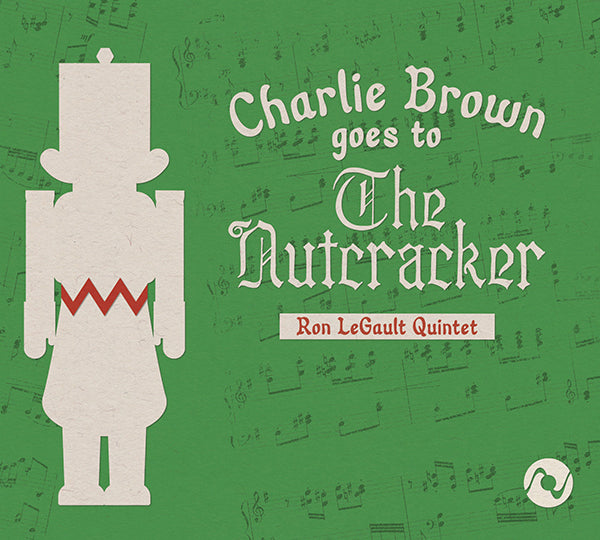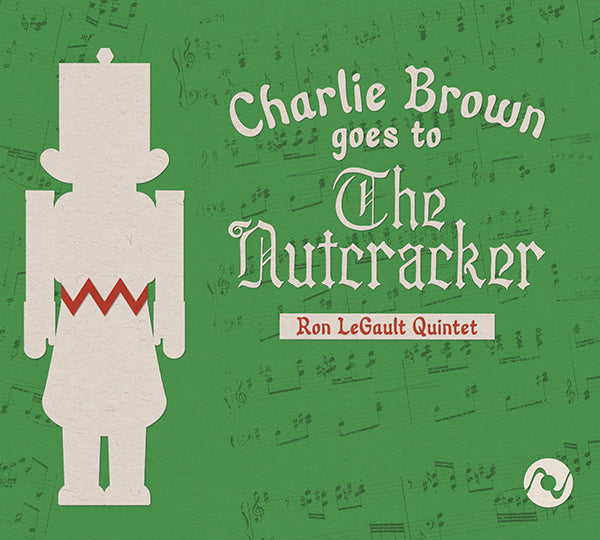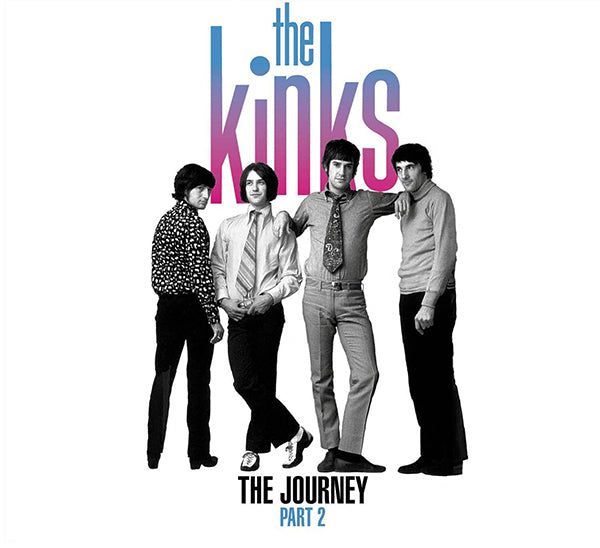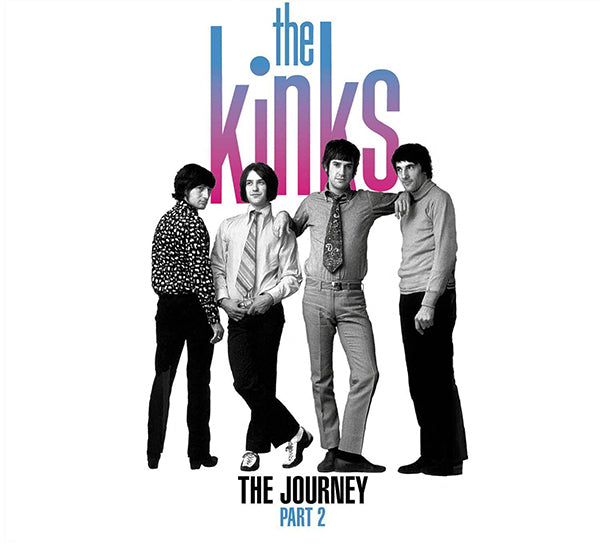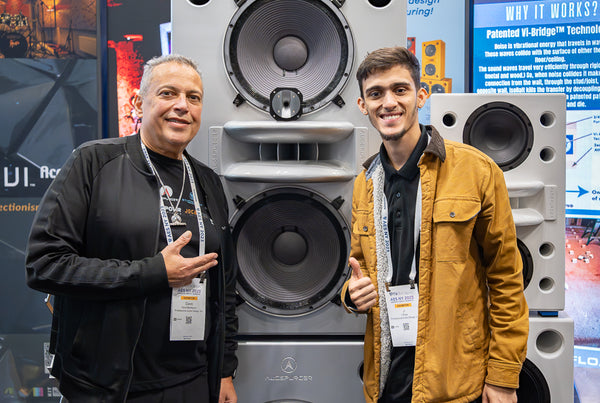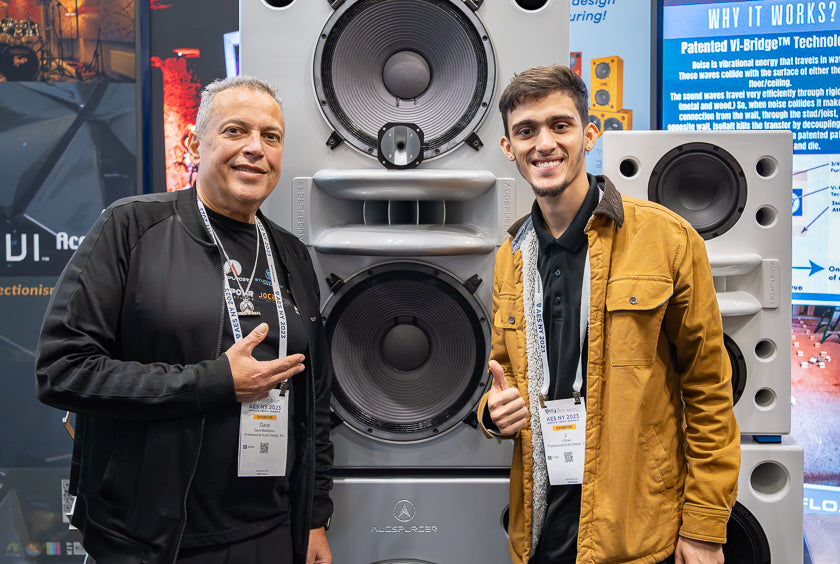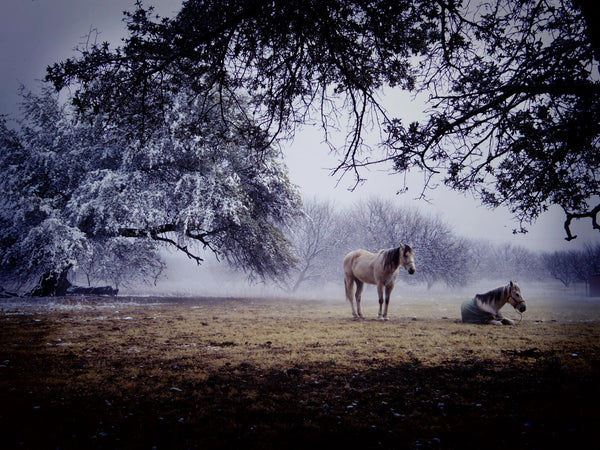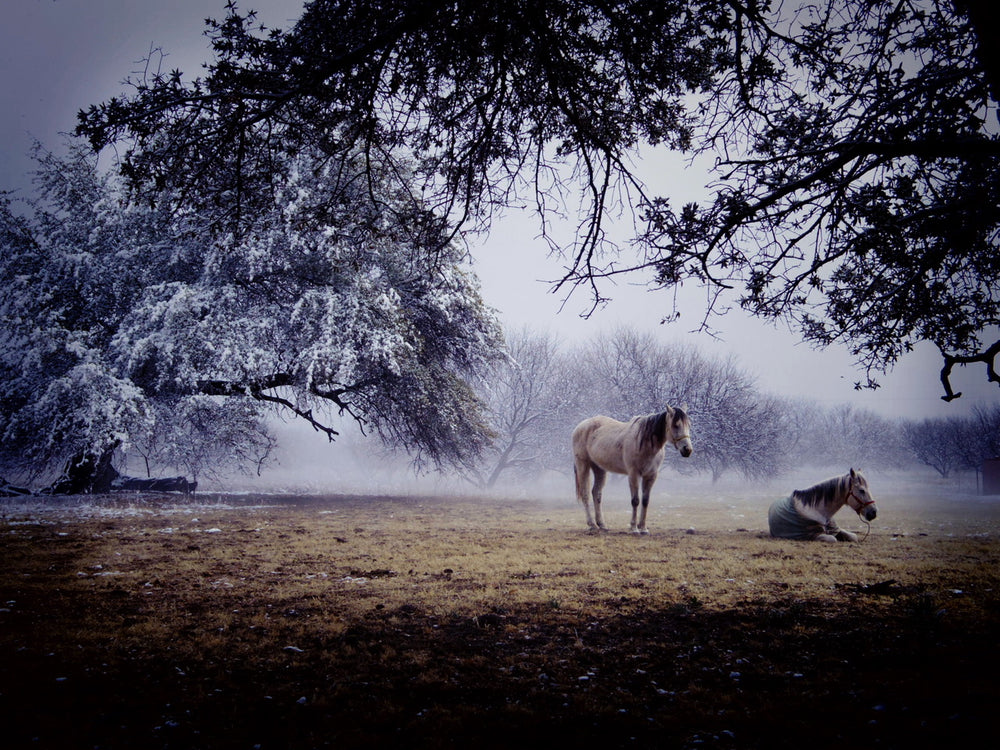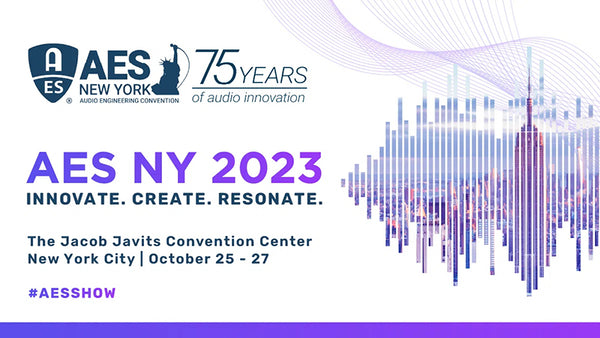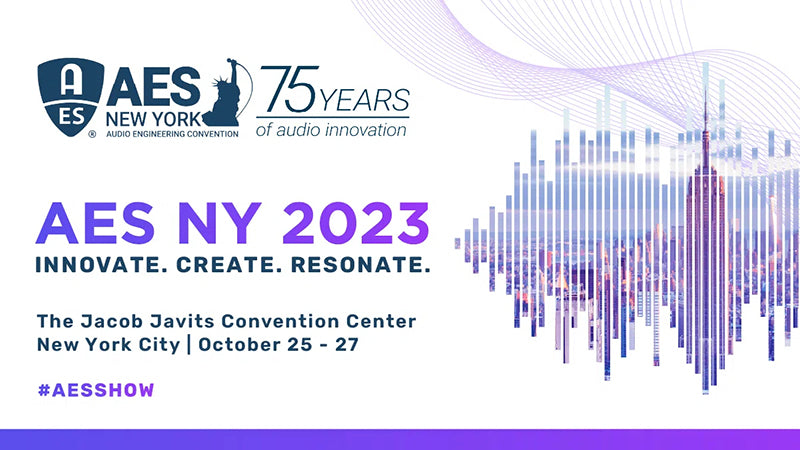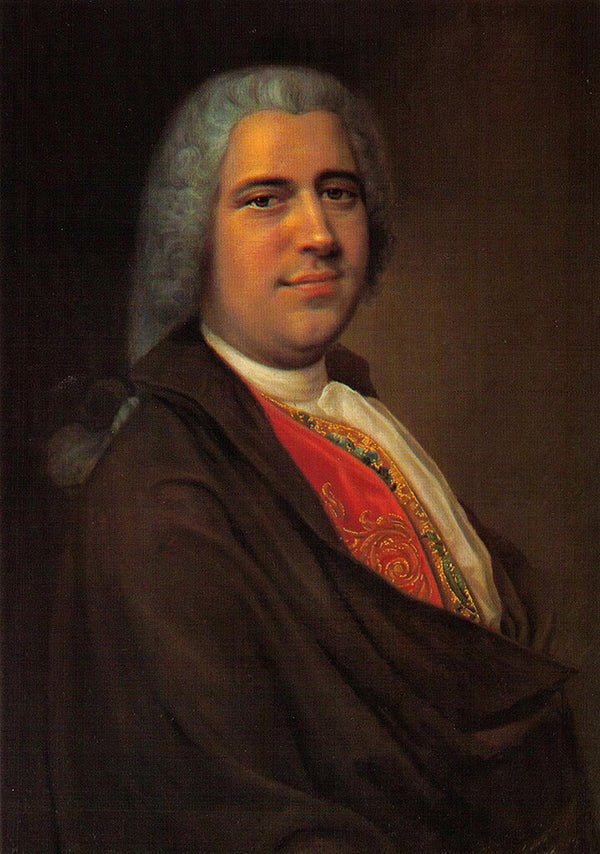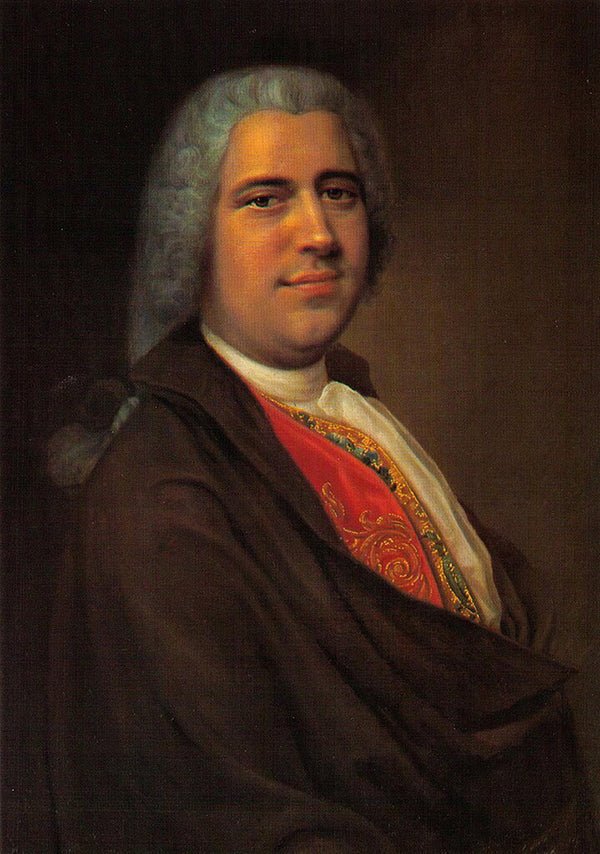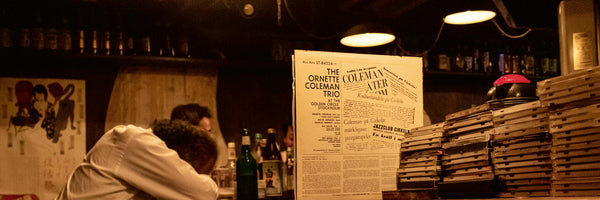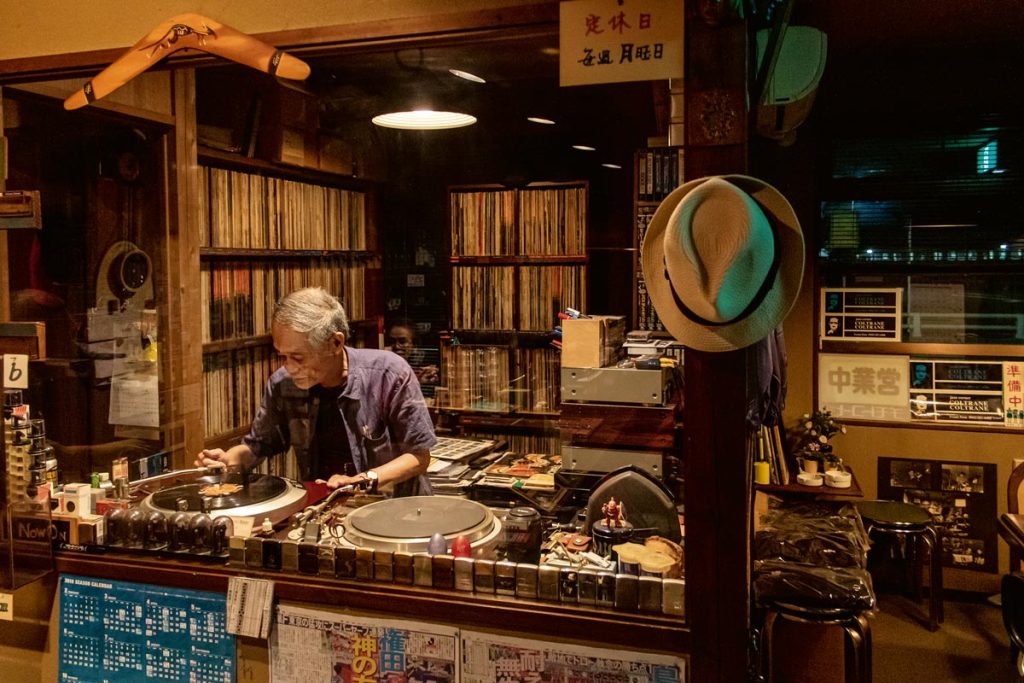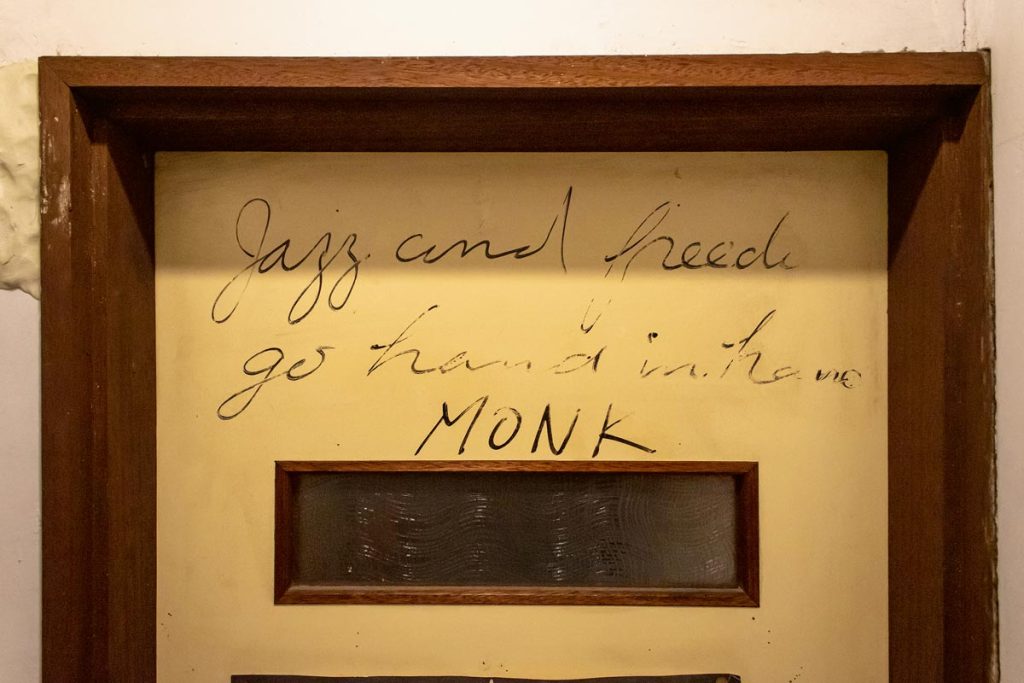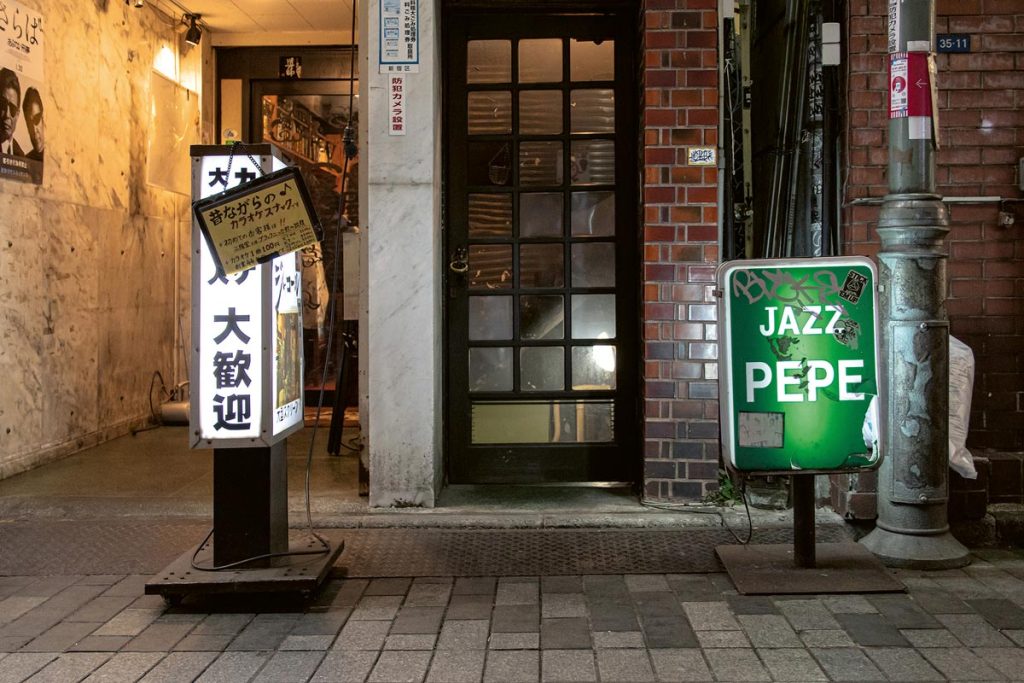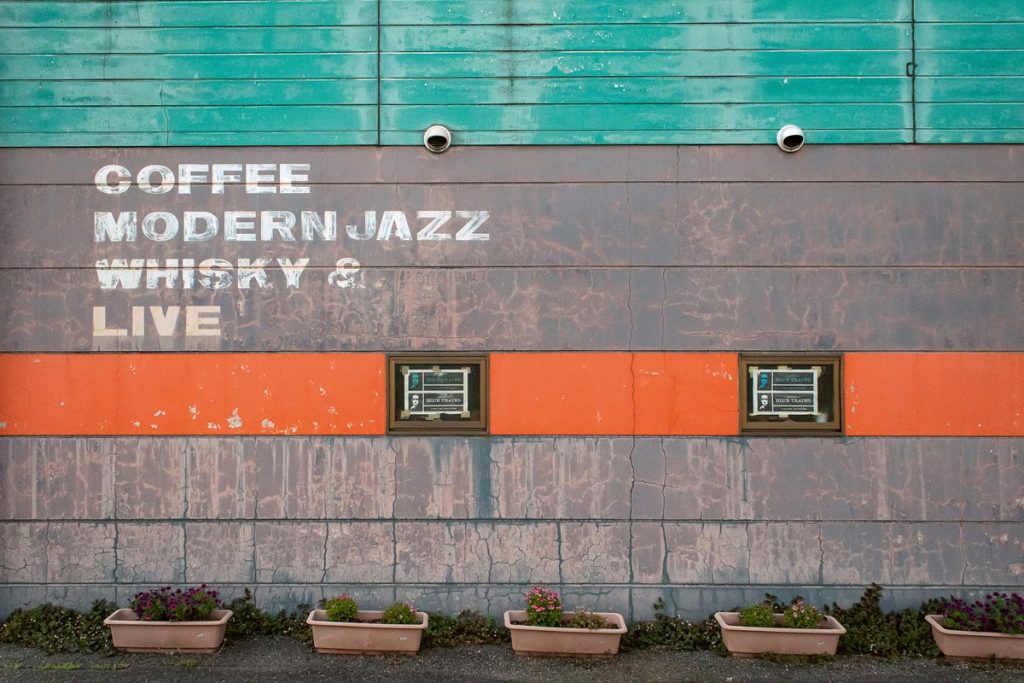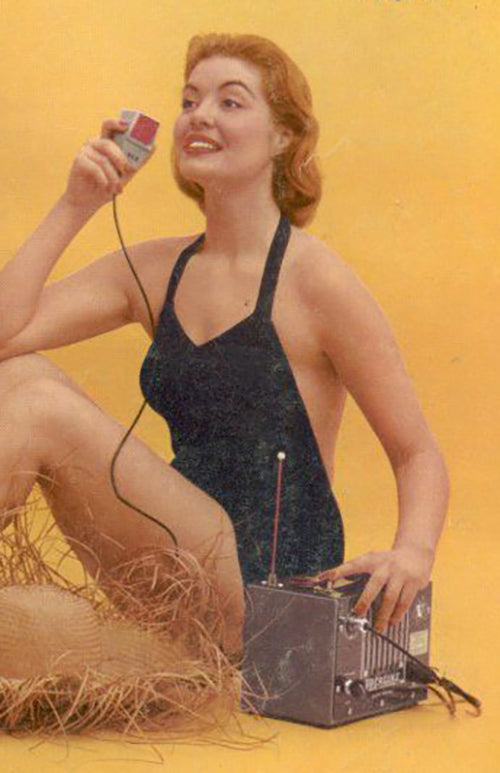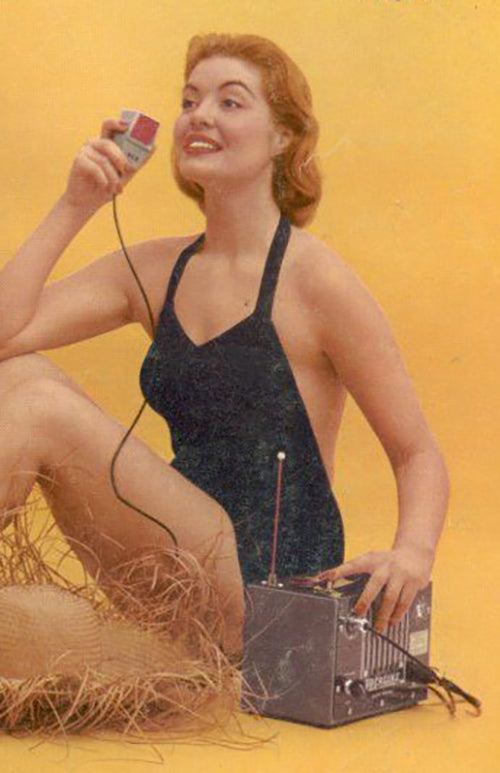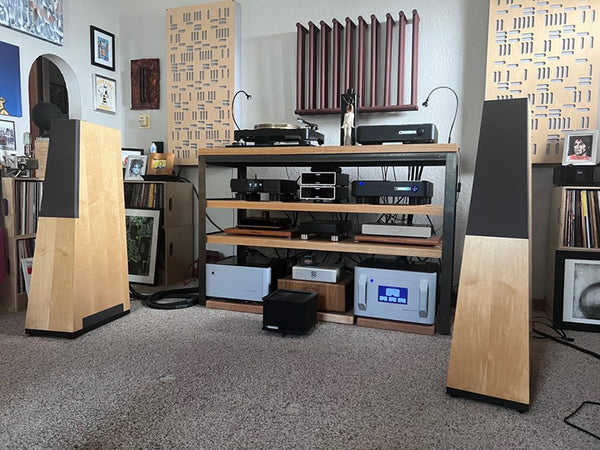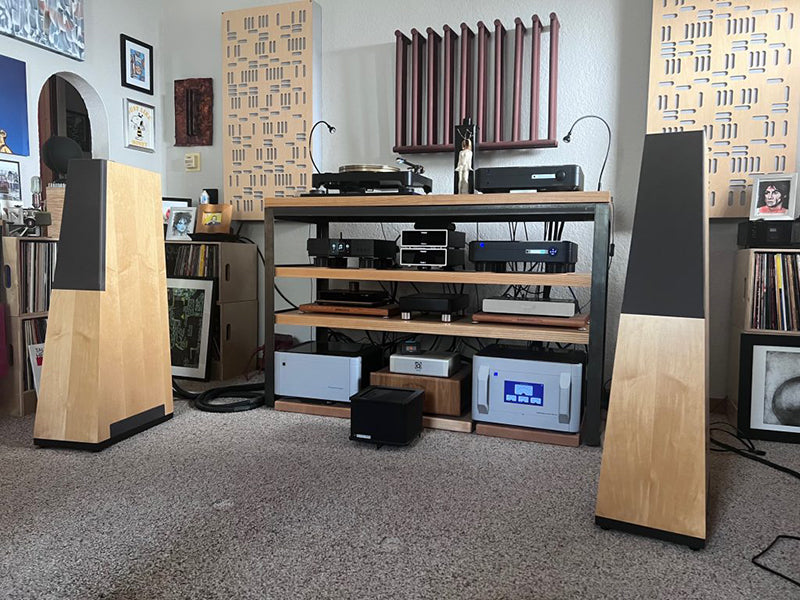As Frank Doris and John Seetoo noted elsewhere in this issue, AES New York 2023 was a rousing success. The conference always has something for everyone; it’s a trade show with the latest and greatest in pro audio tech, from cables to consoles. There are academic papers for the science-minded, keynote lectures, and presentations, so it’s like a year of audio college wrapped into a few days. Nominally the conference is three days long. At least that’s how many days the trade show runs on the exhibit floor, but there are other events, lectures, and meetings that take the better part of a week.
My favorite aspect of the conference are the lectures and presentations. Ranging from the arcane to the popular, this year the theme was Hip-Hop at 50, and many of the pioneers of the genre were on hand to celebrate the art form, as well as explain how they achieved the sounds they did. During the keynote, Hank Shocklee was interviewed by Prince-Charles Alexander, and it was an exploration of finding what didn’t work properly when played back on audio devices, then exploring those failures. A common theme was that engineers were pursuing clean non-distorted audio, while the musicians, engineers, and producers wanted the opposite – audio with grit, noise, and distortion – so while the audio companies’ R&D was dedicated to improvements, to folks like Shocklee, their mission was to find the flaws in the new gear, while also taking advantage of the new features.
Another session that was eagerly awaited, was Cheryl Pawelski (Omnivore Records) and Michael Graves’ (Mastering Engineer – Osiris Studios) panel, Written in Their Soul: The Story and Restoration of The Stax Songwriter Demos, covering the album of the same name. Pawelski was just nominated for a Grammy for her work on the Stax project. The stories of how poorly the original tapes were handled, including the discovery of some of them being found in a locker covered by mud, with snakes nearby, in the ruins of the Stax building just prior to demolition, showed the passion and dedication that led to the creation of this groundbreaking collection.
Genelec built a surround sound room, available to all attendees, that was always standing room only. Audio luminaries like Morten Lindberg (engineer/producer), George Massenburg (recording engineer), Thomas Lund, Ulrike Schwarz, Jim Anderson, and Jamie Howarth (composer and restoration specialist) were either in attendance or giving presentations. Lindberg’s sessions were jammed, as few engineers or producers have garnered the reputation for immersive audio that his 2L records label have.
Consumer acceptance of immersive audio was a subject on the tip of everyone’s tongue. One of the most practical questions concerned the funding of recordings. What precisely does a label get out of the expense of remastering and remixing audio tracks for immersive audio? This isn’t a question for movie studios, since surround sound has long been part of the commercial and home theater experience, so having a surround mix is a given. However, with the demise of surround sound via DVD-Audio, and the fact that SACD is only present in a small niche market, the question of whether audiences will ultimately embrace immersive audio, whether it be Dolby Atmos, Sony 360 Reality Audio, or some other format, is still open for discussion.
Even at audiophile shows like Capital Audiofest, surround systems are few and far between, with the exception of SVS and a few other companies. Personally, I love surround audio, the love of which began when Mickey Hart sent me some of his DVD-Audio mixes of the Grateful Dead, and his Planet Drum project. Later, Mark Waldrep started to release different mixes of his recordings on his AIX record label for download, and David Chesky’s The Audiophile Society offers different mixes of the recordings in their catalog, including surround versions. Audiophile label TRPTK just released their nine-year anniversary sampler, in surround and stereo as either downloads or SACDs. Chesky Records also pioneered binaural downloads designed for headphone listening. So, high-quality immersive audio is available.
David Chesky (Chesky Records, HDTracks, The Audiophile Society) was in the house to take in the sights and sounds.
In a recent forum, someone posting mentioned that he believed that SACD always sounded better. I don't always agree with this. In theory, SACD or any medium with more actual genuine audio data from the recording process (as opposed to upsampled files from lower-resolution sources in higher-resolution wrappers) should sound better, but I was involved with some record labels at the start of SACD, and found that many folks didn't like playing the SACD versions, due to having to deal with the idiosyncrasies of specific players, or arcane audio settings buried in the player menus. I remember having to tweak almost every setting in early universal (disc) players so that the bass management was handled properly, or else things could sound pretty lousy. Years later, as universal players improved and features became standardized, SACDs seemed to be decoded properly without tweaking, so they started to shine. It was a great lesson in the gap between technology and usability. But, by then SACD and DVD-A were essentially gone.
For example, I remember interviewing Steve Rosenthal, the master engineer and wizard of the Magic Shop NY, after he had completed a big Rolling Stones remastering project for ABKCO Music and Records, and I asked about his enthusiasm for the sound quality of the SACD versions. While I was preparing for the interview, listening to a stack of discs from ABKCO, I found that the normal CD sides sounded better to me. Why? I hadn’t adjusted the bass management on my Pioneer universal disc player. Once I did, they sounded great. But in talking to friends who worked at Tower Records, Borders, and elsewhere, it turns out that few consumers took advantage of the SACD versions of those releases.
When I think of why DVD-A and SACD mostly failed in the marketplace, it was either because a) consumers thought CDs were great; b) didn't want to pay a price increase; or c) were put off by perceived hassles or complications.
A friend’s wife works for Elon Musk, and they own a couple of Teslas. His argument for owning a Tesla isn't about the cars themselves, which he thought were fine, but expensive to repair and maintain. His argument is that the reason to buy a Tesla isn't the car, but the charging network. According to him, Musk plowed just about every dime the company made in the early years into expanding the charging network, reasoning that if you couldn't charge or "fill up" the battery as easily as pulling up to a gas station, then many folks would just say the hell with it, I'm getting a normal car. Now, there are thousands of Tesla charging stations throughout the globe, especially in major cities. It's ironic since the company’s demographic research shows that most owners have their own homes, and almost every owner charges at home. But still, it was ease of use that pioneered Tesla’s acceptance.
As I’ve noted in previous articles, metadata, metadata, and more metadata is the key to modern life in the computer age, and audio is certainly no exception. I attended a presentation by IMES (Iron Mountain Entertainment Services), which discussed the fact that one of their biggest challenges for managing digital assets is dealing with metadata, that unseen yet critical information that provides the facts about a digital file.
A team from IMES and Universal Music Group presented a prototype scanning kiosk, operated by two people, known as the Automated Media Image Capture System (AMICS). The AMICS helps to take in all the physical information on the outside of a box of recording tape, including handwritten notes, and enables it to be quickly scanned in high resolution to accompany the actual audio recording itself as metadata, speeding up the archiving process. One example noted that the archiving process could be reduced from three months to two weeks. Universal has enormous holdings at Iron Mountain, so any system that speeds up this kind of data acquisition is a huge step forward. For archivists or librarians, the outside of a tape box can provide invaluable information, so preserving that, and including it in the record for each asset is enormously useful. AMICS seemed to be a hit, and other organizations have ordered the system.

A team from IMES offers a seminar on using metadata to properly tag files for future use. On the panel is Bob Koszela, Meg Travis and Steve Hollencamp from IMES, and Nick Allen of Universal Music Group.
AES held a Women in the Mix event, and it was packed. Women have long played a significant and pioneering role in audio production, but often in a difficult working environment, so celebrating their accomplishments was wonderful to witness, and I hope this becomes a regular event.
Maureen Droney, Vice President, Producers and Engineering Wing of The Recording Academy speaks at the Women in the Mix celebration.
If, as an audiophile, you are wondering if attending a pro audio show like AES is for you, I think the answer would be yes. To hear the stories of how some of your favorite recordings were made is a treat. The show also emphasizes the human element of the talent and hard work by all involved. If you have spent time in audiophile forums and read comments about recordings that strain credulity, it’s wonderful to actually hear the facts first-hand as opposed to reading fiction and conjecture. Also, and this can’t be stressed enough, AES is fully committed to supporting students, educators, and educational institutions. As such, AES offers a welcoming crowd, people are in a great mood, and the sessions are fantastic, candid, and without pretentions. At the end of one of the show days, we were invited to the DEI (Diversity, Equity, and Inclusion) mixer, and it further reminded us that audio has long been a mixing pot, with people of all varieties, old and young, all contributing to the pro audio industry and its creative endeavors.
When I was teaching photo history, I’d often reference the music and technology of the time as it correlated to the photographic technology of the day. I’m probably the only faculty member who played “Soliloquy” from Carousel to illustrate the role the tintype played in the culture of the time. AES has always had a focus on restoration and archiving, and a push for new technological solutions. Obviously as a photo historian, this is right up my alley, and somehow dovetails perfectly into the show’s celebration of hip-hop at 50. What was once new becomes history, and needs to be preserved.
Here are more photos from AES.
Bob Koszela, Meg Travis and Steve Hollencamp (Iron Mountain Entertainment Services – IMES), and Nick Allen (Universal Music Group), after the Iron Mountain Entertainment Services presentation on their new AMICS Automated Media Image Capture System, during which they discussed the metadata challenges of creating a robust digital asset plan utilizing new technology to greatly speed up information acquisition. It’s not enough to have a digital copy of an audio tape, it’s important that all the information, not only the music, but the boxes, packaging, and tape itself be included in the database. The new AMICS promises to do just that in far faster than before.
Michael Romanowski (Coast Mastering) and Andrew Scheps (Tonequake Records) were just a couple of the notables in attendance. Scheps and Romanowski also lectured in the Neumann Microphones room.
Here are engineers Elliott Senatov, and Lenise Bent of Soundflo Productions.
Copper author/photographer Harris Fogel tries on a Polaroid AES SX-70 frame.
A group photo of some of the engineers and producers at the AES Women In The Mix celebration. From left to right: Jeanne Montalvo Lucar (AES convention co-chair, far left), Angie Teo (advisory council member of the Producers and Engineers Wing of The Recording Academy/GRAMMY Awards), Ebonie Smith (Gender Amplified, in red), Maureen Droney, (vice president, Producers and Engineering Wing, at rear in grey jacket), Falu Shah (GRAMMY Award-winning songwriter, in front), Kenya Autie (El Cerrito Records, with green lanyard), Jessica Thompson (Jessica Thompson Audio, in rear with red sweater), Lenise Bent (audio engineer, producer and educator, with turquoise shirt), and Lucy Kalantari (Lucy Kalantari and the Jazz Cats, on far right).
Frank Wells (audio industry and marketing content director), Bob Moses (BRINC Drones), and Robert Clyne (Clyne Media) take time to relax during a hectic schedule.
The annual NAB (National Association of Broadcasters) conference was right next door to AES, and data storage is always an area of interest. Here's the Western Digital team.
Sigma Sound Studios in Philadelphia and New York were legendary, both led by the late Joe Tarsia. Here are Arthur Stoppe (Mountain Wind Media), Jim Gallagher, Jay Mark and Dirk Devlin (Sigma Sound engineers), and Toby Seay (Drexel University) after concluding their panel, “Joe Tarsia Remembered: Sigma Sound Studios and the Philly Sound.”
Two attendees, Alejandra Trabanco and Thomas, have the pleasure of talking with famed musician and producer William S. “Spaceman” Patterson.
Walter Rührig and Bernd Gossi of Austrian Audio show off their wares. The company was founded after Samsung acquired AKG and moved their shop from Vienna. In response, 22 former AKG employees founded Austrian Audio, which manufactures a respected line of microphones and headphones for pro and consumer audio.
Morten Lindberg and Christer-André Cederberg of 2L The Nordic Sound Records were finally able to relax, with another AES wrapped up and finished. Lindberg delivered presentations on immersive audio, served on the panel exploring the history of Telarc Records, and was just nominated for a slew of GRAMMYS.
Luminaries abound at AES! Here are Robert Lee (from the Ivorytown Playhouse theater), Dylan Utz (disc transfer engineer), and Jamie Howarth of restoration specialists Plangent Processes.
The Genelec room hosted a series of lectures, and this one on immersive audio by engineers Ulrike Schwarz and Jim Anderson was packed.
Focusrite is a respected brand among audio engineers and musicians, for good reasons. Here, Dan Hughley and Trevor La Due offered some Halloween licorice to entice the author into a making a portrait of them.

The keynote lecture was given by Prince-Charles Alexander, interviewing Hank Shocklee on the subject of hip-hop at 50 to a packed audience.
Two of the nicest guys in the room: hit-making engineer Frank Filipetti (Foreigner, the Bangles, George Michael, Frank Zappa and many others), and John Krivit, past president of the Audio Engineering Society).
Morten Lindberg of 2L records gives a talk on immersive audio in the Genelec room.
Recording engineer Chuck Ainlay (METAlliance) and Mike Franklin of headset maker Clear-Com enjoying themselves.
Panel members for the “Everything You Hear is True – The Telarc Legacy” session: Scott Burgess (Aspen Music Festival and school), Susan Schmidt Horning (St. John’s University), Robert Friedlich (Library of Congress), and Morten Lindberg (2L).
This all-star panel hosted “Factors Influencing Consumer Acceptance of Immersive Audio,” featuring moderator:Rafael Kassier (senior principal engineer, Harman), Jacqueline Bošnjak (CEO and Co-Founder, Mach1), Mark Ziemba (principal engineer, acoustics, Panasonic), Nathaniel Kunkel (Studio Without Walls), Andrew Scheps (Tonequake Records), Agnieszka Roginska (professor of Music Technology, past president of AES), and Buddy Judge (advanced media design, Apple).
The next generation: an eager group of students at AES 2023.
Engineer Lenise Bent and AES president-elect Leslie Gaston Bird attend the “Barbie Goes to AES” panel.
Anders Nyman and Thomas Lund of Genelec meet with George Massenburg, associate professor of sound recording at Massenburg Design Works).
The DEI (Diversity, Equity, and Inclusion) Mixer was held at Manhattan's Houndstooth Pub, and a great time was had by all. Here's Cecilia Wu (University of Colorado, Denver), Rebekah Wilson (founder and CEO of Source Elements and sponsor of the event), and Mary Mazurkek (University of Lethbridge). Cecilia and Mary are co-chairs of the AES DEI Committee.
Dave Malekpour threw a party at Quad Recording Studios to celebrate 25 years of Augspurger studio monitors. Here Dave is with recording artist Abdullah White aka FactRap Efrain Quiles (producer/artist), and Mick Oakleaf (a drummer who also manages Dbm Pro Audio Services in Brooklyn).
Hank Shocklee (Public Enemy, the Bomb Squad, producer) and Jimmy "The Senator" Douglass, hip-hop pioneers!
Musician, actor, activist, lawyer and salsa legend Rubén Blades attended the tribute to Jon Fausty, famed producer and engineer for Fania Records.
The “Hip-Hop at 50: Innovating Techniques Across Decades” session featured Angela Piva (audio/mix engineer and producer), Hank Shocklee, Prince-Charles Alexander, Jaclyn “Jackie Boom” Sanchez (audio engineer), and engineer/producer Paul “Willie Green” Womack.
National Public Radio’s “Fresh Air” is one of NPR's most endearing shows, and Joyce Lieberman is the radio engineering supervisor at WHYY-FM. Her presentation explored the preservation of the Fresh Air archive.
Digital audio and video involves one thing above almost all else, and that’s storage. Seagate is one of the leaders in the field, and their booth over on the NAB side of the show was full of solutions. Mark Anderson, Carly Nelson, Jonathan Bauder, George Becker, and Shawn Chu were at the ready to answer user questions.
Chuck Ainlay and Ebonie Smith (Gender Amplified) at the Women in the Mix celebration at AES 2023.
Josh Rogosin is the host of the popular NPR show, Tiny Desk Concerts. The room was packed with fans.
Header image: Since they're total gearheads, Copper's John Seetoo, Harris Fogel, and Frank Doris always enjoy going to shows like AES.
Photos courtesy of Harris Fogel.




